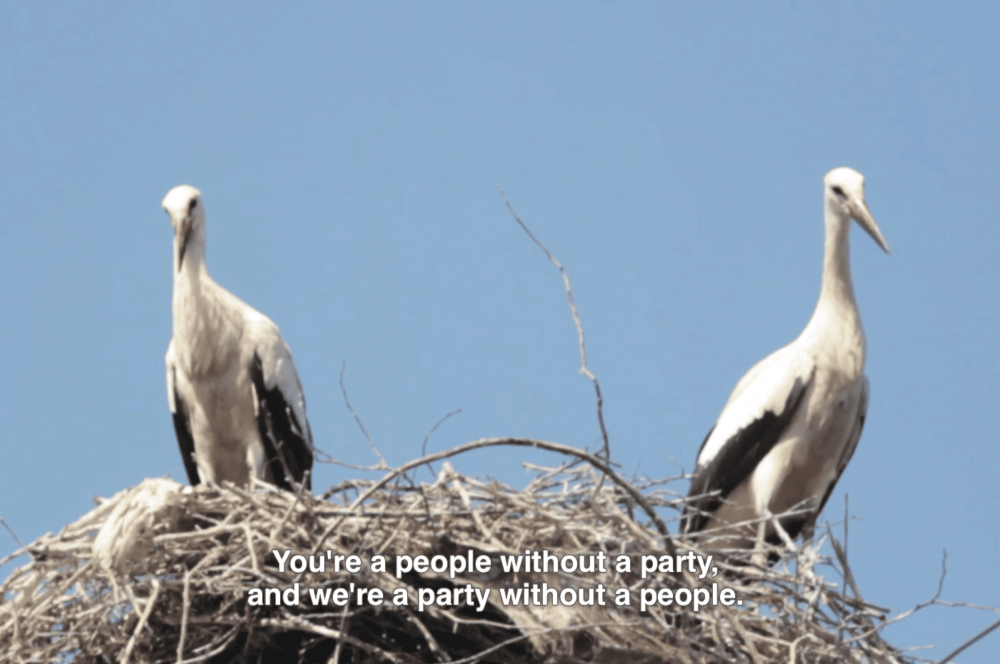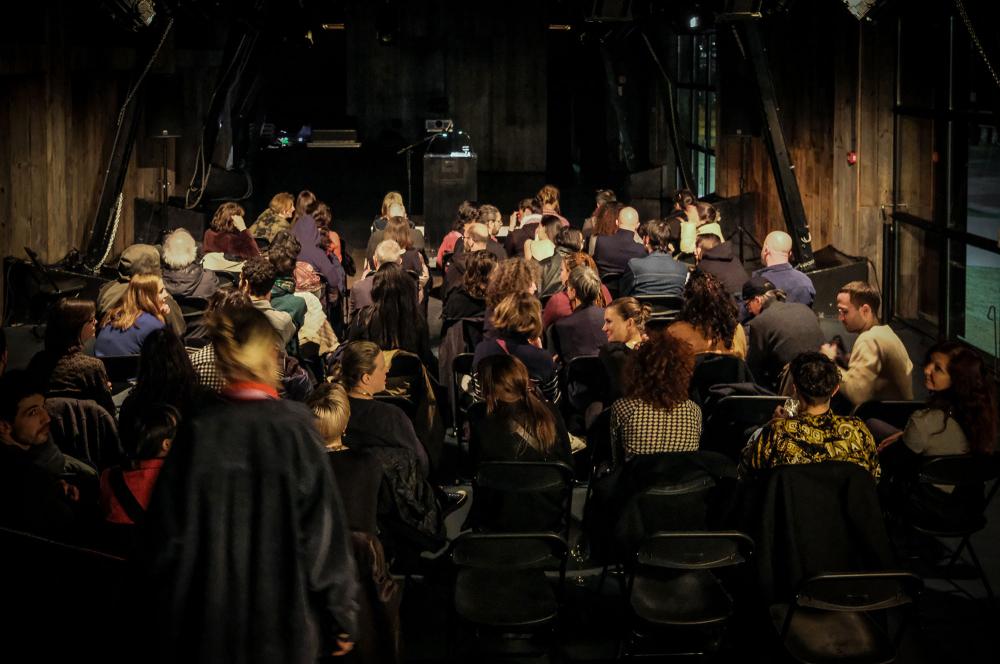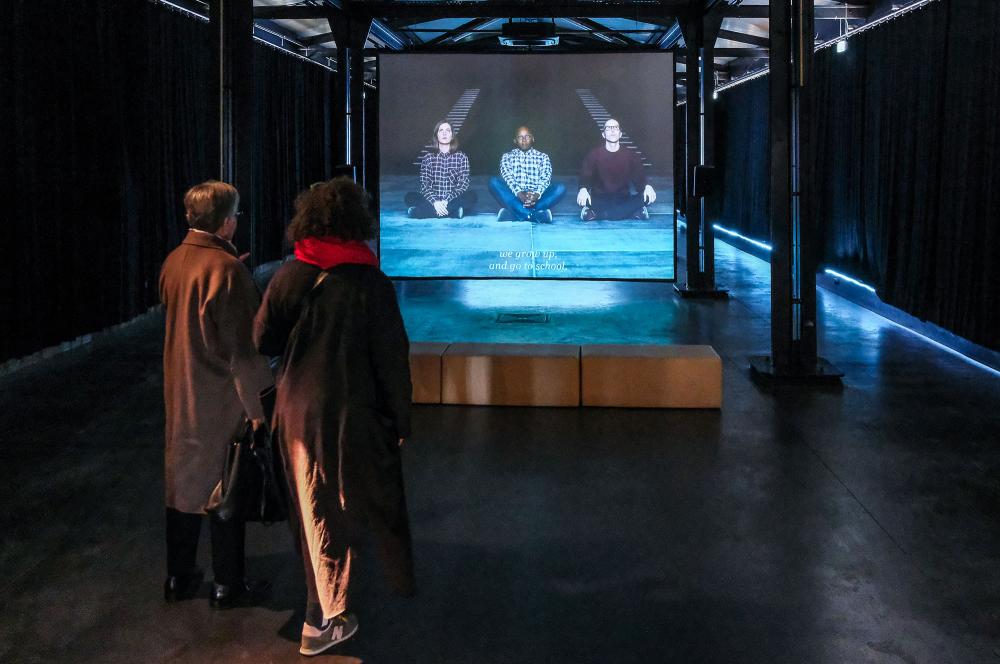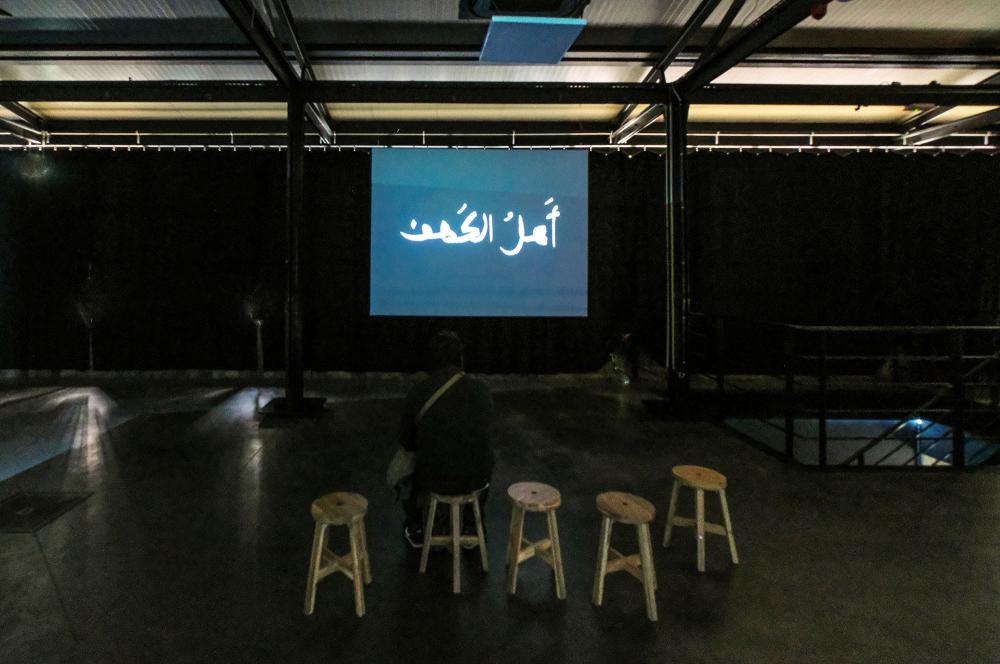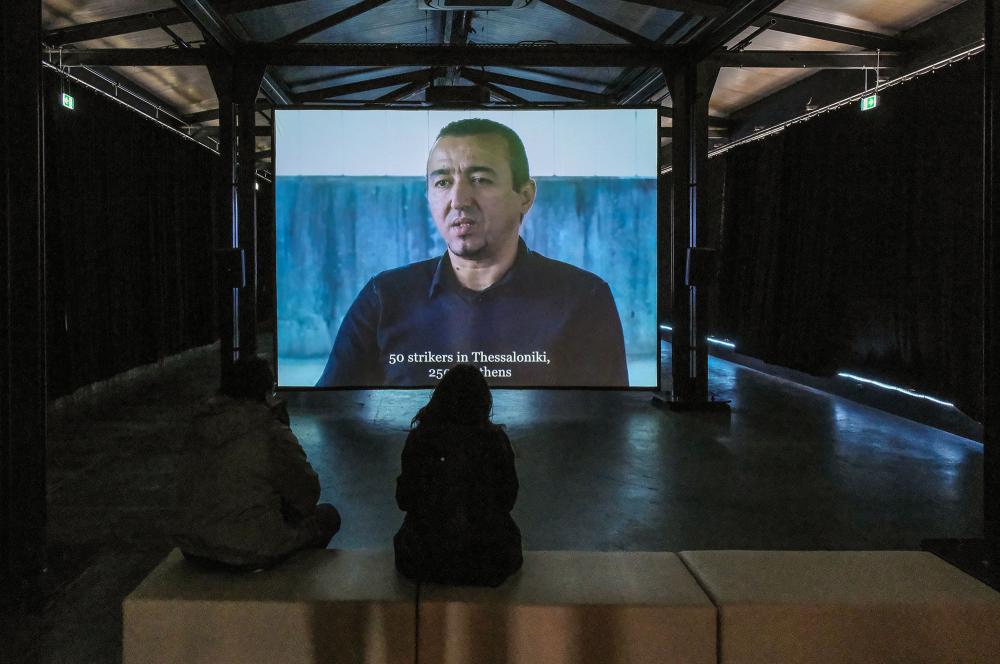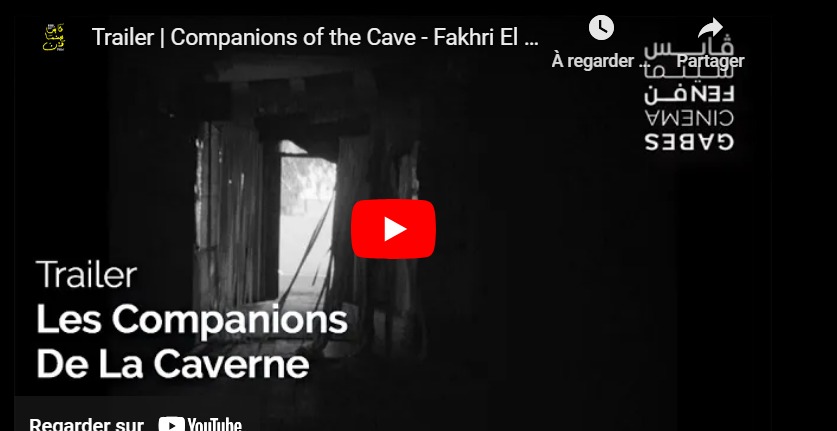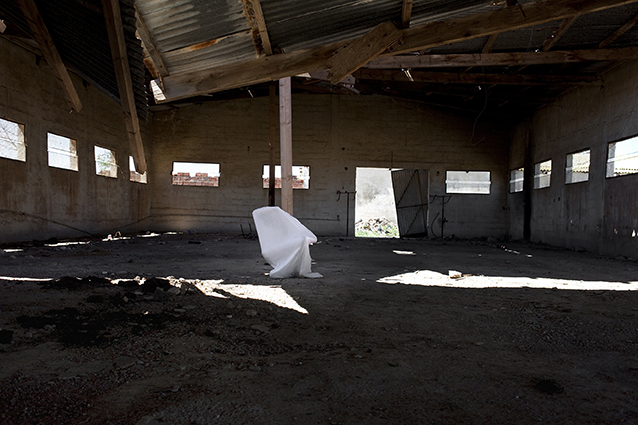Videos From Dream City
When and where?
Thursday 4 April 2024 from 5pm to 11pm
Friday 5 April 2024 from 5pm to 11pm
Saturday 6 April 2024 from 5pm to 11pm
Sunday 7 April 2024 from 5pm to 11pm
Monday 8 April 2024 from 5pm to 11pm
Tuesday 7 April 2024 from 5pm to 11pm
Wednesday 10 April 2024 from 5pm to 11pm
Thursday 11 April 2024 from 5pm to 11pm
Friday 12 April 2024 from 5pm to 11pm
From 4 to 13 April 2024 from 5pm to 11pm
K1 - KANAL-Centre Pompidou
Co-curation: Selma Ouissi, Sofiane Ouissi, Jan Goossens, Guy Gypens.
As part of Dream City.
Co-presentation KANAL-Centre Pompidou & L’Art Rue.
Presentation of video installations of artists Heba Y. Amin, Ismaïl Bahri and Youssef Chebbi, Fakhri El Ghezal, Malek Gnaoui, Bouchra Khalili, Rabih Mroué and Mouna Karray. On view after each performance.
▪ As Birds Flying, Heba Y. Amin
Heba Y. Amin’s film As Birds Flying (2016) responds to the absurdity of such accusations, which occur in moments of political strain. The short, allegorical film is constructed out of found drone footage of aerial views of savannas and wetlands, including Israeli settlements in Galilea—sweeping views that seem to be taken by the “spy” stork in the above story. Funny, absurd and disconcerting, the video’s suspenseful cinematic soundtrack contains the reconstructed audio sequences of dialogue from Birds of Darkness. This 1995 film by Adel Imams looks at government corruption and religious radicalism in Egypt. In the reconstructed dialogue, the characters discuss political sectarianism, censorship, democracy and surveillance.
▪ The Tempest Society, Bouchra Khalili
The Tempest Society is neither documentary nor fiction, but rather a hypothesis. Three Athenians from different backgrounds form a group to examine the current state of Greece, Europe, and the Mediterranean. They get together on a theatre stage that is being used as a public space. They call themselves The Tempest Society in tribute to Al Assifa ('the tempest' in Arabic), a theatrical troupe consisting mainly of North African immigrant workers and French students with North African heritage that was active in 1970s Paris. Al Assifa used the format of a ‘theatrical newspaper’ to communicate the everyday struggles of immigrants against inequality and racism in France.
Forty years later, Al Assifa’s legacy is being revived. On a theatre stage, the Tempest Society and their guests call for equality, a sense of citizenship, and solidarity.
The film is followed by a conversation with Bouchra Khalili and Joachim Ben Yakoub.
▪ As if Seen by a Bird Standing on Top of a Cow, Rabih Mroué
In As if Seen by a Bird Standing on Top of a Cow, Rabih Mroué invites you to look up into a shaft where you are confronted with a drone’s-eye view of the Battle of Homs. Homs, the third largest city in Syria, suffered heavy fighting and bombardments between 2011 and 2014.
This battle marked a turning point in the revolution and turned the country into an international battleground involving, besides Syrian troops, Hezbollah, Russia, Turkey, and the United States. In this installation, Mroué turns around the classic bird-eye’s view of the drone operator.
▪ Esquisse, pour Edith Dekyndt, Ismaïl Bahri et Youssef Chebbi
Esquisse, pour Edith Dekyndt refers to One Second of Silence (2008-2009), a film by artist Edith Dekyndt in which she captures the movements of a waving flag against a cloudy sky. In Esquisse a waving flag becomes a window onto the landscape and a projection canvas. The image is overexposed and ‘scorches’ the surrounding landscape.
▪ Companions of The Cave (Ahlou Al Kahef), Fakhri El Ghezal
Companions of The Cave is a poetic report from the long road travelled by Fakhri El Ghezal and two rappers, Jojo M and Galaa, from Redeyef in Tunisia to Nantes in France. In super 8 images, they remember the many steps taken during and after their migration, and their expectations at the time.
The film is a tribute to all young Tunisian men who travelled to Europe together and the feelings associated with their journeys, both loneliness to friendship.
Blanc Habiba takes place during the Second World War when the Tunisian city of Gabès became the stage of a silent battle against the German occupation.
Through the stories of the old, wise Habiba, the film reveals a little-known part of the history of this occupied city. It tells the story of the solidarity between Habiba and her Jewish Tunisian neighbours, of people with different religious and cultural backgrounds who build bridges over the abyss of war. The film is a tribute to resilience, friendship, and love in challenging times, with Malek Gnaoui’s 90-year-old grandmother in the main role.
▪ NOBODY WILL TALK ABOUT US, Mouna Karray | Video compilation of 23 color photographs (2012-2015, 7 mins 21 sec ).
The road crosses dusty lands, an area that is both lifeless and inhabited, where the captive figure moves. This body is moving within this universe as its matrix; it extracts itself with gesture that breaks its confinement. In its struggle, in its encounters, in its wanderings, is a figure of resistance, a figure pushing for freedom and the renaissance of an abandoned land.
Nobody Will Talk About Us is a road photography in the Tunisian southwest, its minerals loneliness, its arid soils whose foundations were rich with minerals, which have been confiscated and stripped from these oppressed-but not submissive- souls.
The photographic series was created during an artist residency in Tunis that culminated in the Urban Expo as part of Dream City 2012.
Practical information
K1 - Kanal - Centre Pompidou (map)
From 4 to 13 April, 2024 - from 5 to 11:45 pm
Share
Read more
-

9 oct. from 10am to 6pm - Caserne El Attarine - Germany
VideoAs Birds Flyingby Heba Y. AminGermany -
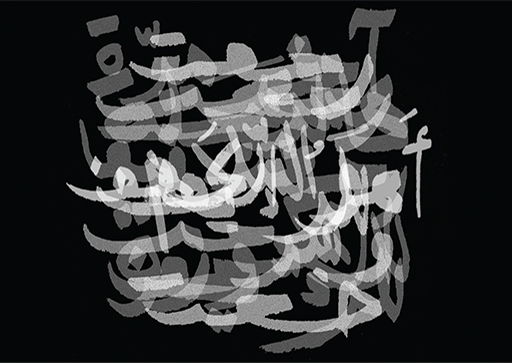
9 oct. from 10am to 6pm - Makhzen El Rachidia - Tunisia
VideoAhlou Al Kahef / Compagnions of the caveby Fakhri El GhezalTunisia -
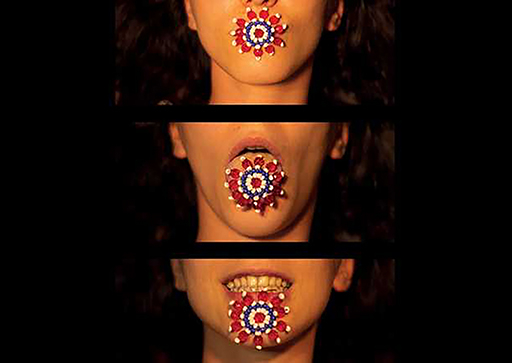

Tuesday 9 April 2024 at 8pm - K1 - KANAL-Centre Pompidou
VideoWajdanby Selma and Sofiane Ouissi



